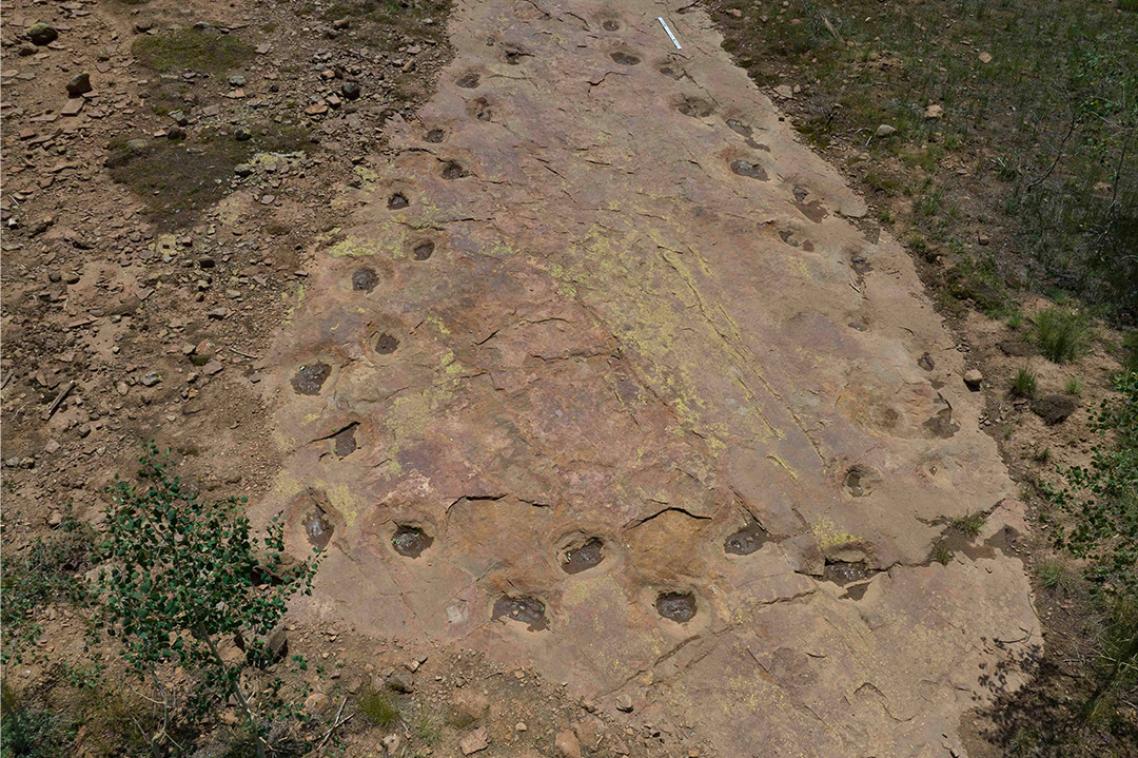Sunlight-powered breakthrough turns methane into valuable ethylene

(Photo credit: Scott Donkin / Adobe )
A cleaner and more efficient method to convert the greenhouse gas methane into ethylene – a key ingredient in plastics and textiles – has been developed using the harsh Australian sun.
The international project was led by University of Queensland Honorary Professor Lianzhou Wang and co-authored by Dr Zhiliang Wang from UQ’s School of Chemical Engineering.
“Traditional methane processing typically requires extremely high temperatures, which are costly to produce and harmful to the environment,” Dr Wang said.
“But we’ve shown Australia’s strong solar intensity can be harnessed to power catalysts to convert methane far more efficiently and sustainably.
“The end product, ethylene, is essential for many everyday materials including plastics, clothing fibres and solvents.”
The researchers developed a palladium-gold alloy catalyst that combines with titanium dioxide and sunlight to efficiently convert methane into ethylene.
“Rather than over-oxidising methane to carbon dioxide, this catalyst adjusts the reaction pathway to favour ethylene formation,” Dr Wang said.
“It’s like mixing 2 different catalysts into a cocktail, where the alloy brings out the best properties of both metals."
Dr Wang said the process could also help solve an emissions problem.
“In Australia, methane emissions from agriculture and coal mining is a problem more serious than carbon dioxide emissions,” he said.
“But our research shows we can turn a problem into an opportunity by using our intense sunlight to produce a valuable product.”
The researchers said the technology could eventually be deployed near methane sources or integrated into livestock facilities.
“For industrial applications, a photocatalyst bed could be paved on rooftops where methane emissions occur,” Dr Wang said.
“Our current catalyst contains expensive metals like gold but we’re exploring cheaper alternatives such as iron, which is also widely available.
“Our goal is to make the process efficient and affordable so it can be widely adopted.”
The project was supported by the Australian Research Council.
The research was published in the Journal of the American Chemical Society.
Honorary Professor Lianzhou Wang is affiliated with UQ’s School of Chemical Engineering and the Australian Institute for Bioengineering and Nanotechnology.
Topics
Related articles

Looping long-necked dinosaur site reveals its secrets

Beyond COP30: harnessing momentum and opportunity
Media contact
UQ Communications
communications@uq.edu.au
+61 429 056 139
